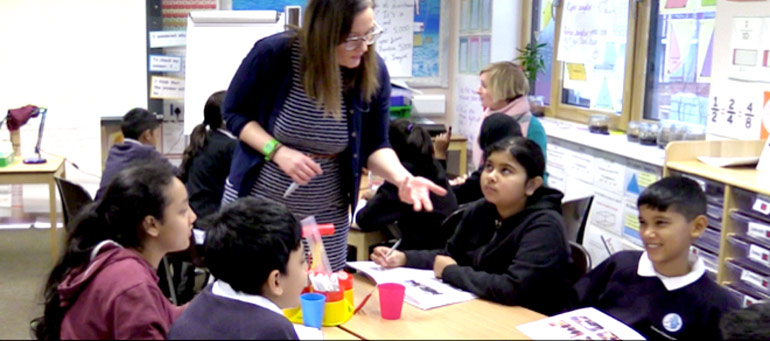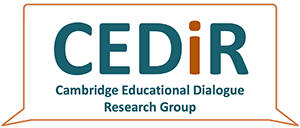About this research strand
Theorists have been interested in the forms of classroom dialogue that are productive for student learning for several decades. Although a plethora of terminologies and methodological approaches abound, this strand seeks to identify common ground and to enhance practices that are productive for learning. The strand has a broad focus on dialogue across diverse classroom settings: both between the teacher and the students and between students, across subject areas and age groups, and across cultural settings. It aims to develop and test relevant methodological approaches for different settings and research purposes. It also aims to contribute to the theory of dialogic education. Ultimately our objective is to inform classroom practice through sharing research outcomes, and through involving practitioners as co-researchers in the development and piloting of professional development tools. Related to this, we seek to generate impact on policy.
Strand Leaders
Sara Hennessy (with others including Riikka Hofmann & Yongcan Liu).
Projects include
Teacher Scheme for Educational Dialogue Analysis (T-SEDA). 2015-present. F. Ahmed, Calcagni, Hennessy, Kershner & Vrikki).
A subscheme of the Cam-UNAM Scheme for Educational Dialogue Analysis (SEDA), in development as a professional development resource for use by practitioners in their classroom inquiry. Currently being trialled internationally and adjusted in response to feedback received.
The role of dialogic a/symmetrical interactions among peers in diverse, multimodal reading situations
British Academy/Leverhulme: 2016-18. Maine & Hofmann.
This project analysed the role of dialogic interactions among peers in the context of diverse multimodal reading situations; the role of symmetry and asymmetry in these interactive reading contexts; children’s reflections on their own collaborative processes in these interactive reading contexts. The project worked with in primary schools in the UK and Mexico.
Classroom Dialogue: Does it really make a difference for student learning?
ESRC: 2015-17. Howe, Hennessy, Mercer, Vrikki & Wheatley.
A large-scale project using multilevel modelling to explore the link between the dialogicality of primary school lessons in English, mathematics and science and outcomes on standardised tests and student attitudes to learning.
A Tool for Analysing Dialogic Interactions in Classrooms
British Academy: 2013-15. Hennessy et al, University of Cambridge, and Rojas-Drummond et al., National Autonomous University of Mexico.
The 3-year project was a collaboration between two large teams of researchers who developed the original Cam-UNAM Scheme for Educational Dialogue Analysis (SEDA) and draft versions of its sub-schemes.


